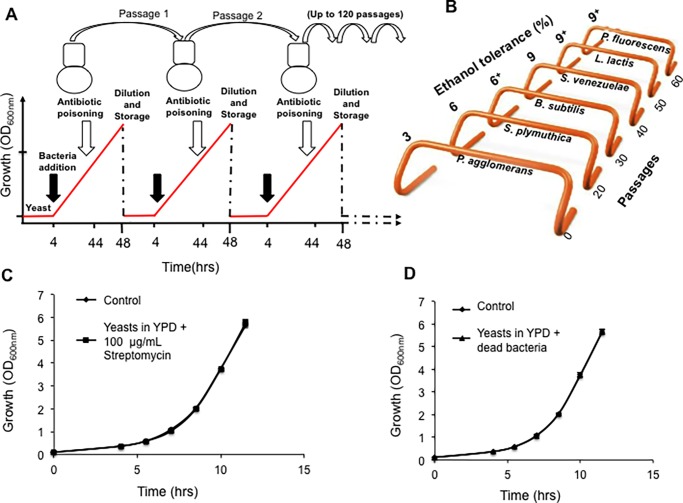Fig 2. Experimental evolution scheme used to evolve yeasts.
A) We used a modified serial dilution transfer method in which yeast and bacteria were co-cultured to compete only during the exponential phase to allow selection at maximum growth rates when resources were unlimited [46] by decreasing with time. Numbers 1 and 2 show successive passaging of cultures, whereas the red line indicates yeast biomass. Each passage entailed a 48-hour incubation period consisting of initial 4 hours of yeast adaptation, followed by 40 hours of bacteria-yeast competition and then 4 hours of antibiotic treatment to “kill off” bacterial survivors before a 500-fold dilution into fresh media. B) Bacterial “hurdles” scheme. The scheme shows the order of sequential exposure of yeasts to six bacteria species. P. agglomerans was used to added to growing yeasts for 20 passages and then another 20 passages with S. plymuthica and e.t.c. Pseudomonas fluorescens was the only species that was used for longer than 20 passages. Longitudinal samples were stored for analyses every 10 passages. C) Effects of streptomycin on growth of yeasts. The plot shows control yeasts grown in YPD (filled diamond) and yeasts grown in YPD supplemented with streptomycin (filled square). D) Effects of dead bacteria on growth of yeasts. The plot shows control yeasts grown in YPD (filled diamond) and yeasts grown in YPD together with dead bacteria (filled triangle). The figure shows that both Streptomycin and dead bacteria (heat-killed by incubating for 5 hours at 60°C) did not affect yeasts growth.

